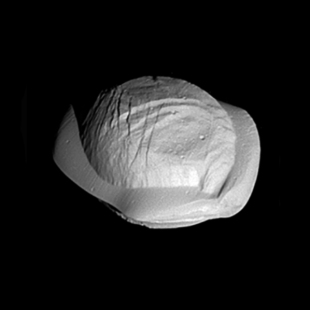
Pluto was located and named in 1930, but today Pluto is no longer considered a planet. Part of Pluto’s orbit passes inside that of Neptune, so at times Neptune is the planet farthest from the sun. Deimos It is also heavily cratered with a small lumpy appearance.ġ1 Pluto Pluto has only 5 moons and takes about 249 years to orbit the sun. It may collide with Mars in 50 million years or break up into a ring. Moons of Mars Phobos Gouged by a giant impact crater and beaten by thousands of meteorite impacts, Phobos is on a collision course with Mars.

Mars has two moons and takes about two years to complete an orbit.ġ0 It is also heavily cratered with a small lumpy appearance. Mars appears red because of iron oxide, or rust, in its soil. Olympus Mons is approximately 15 miles high. Mars has the largest volcano in our solar system: Olympus Mons. The moon reflects light from the sun onto the earth’s surface.ĩ Mars Like Earth, Mars has ice caps at its poles. The moon’s surface is covered in dust and rocky debris from meteor impacts. The same side of the moon always faces us. Earth has one moon and an oxygen rich atmosphere.Ĩ Earth’s Moon It takes the moon approximately 29 days to complete one rotation. The oceans help maintain Earth’s stable temperatures. Venus has no moons and takes 225 days to complete an orbit.ħ Earth Earth is the only planet known to support living organisms.Įarth’s surface is composed of 71% water. Its maximum surface temperature may reach 900F. Even though it is the closest planet to the sun, Scientists believe there is ICE on Mercury! The ice is protected from the sun’s heat by crater shadows.Ħ Venus Venus is the brightest object in the sky after the sun and moon because its atmosphere reflects sunlight so well. Mercury has extreme temperature fluctuations, ranging from 800F (daytime) to -270F (nighttime). They have a diameter of less than 13,000 km.ĥ Mercury Mercury has a revolution period of 88 days. They have no rings and few moons (if any). They are made up mostly of rock and metal. There are two main categories of planets: Terrestrial small rocky planets (Mercury, Venus, Earth, Mars) Jovian gas giants (Jupiter, Saturn, Uranus, and Neptune) Planets are categorized according to composition and size. A star’s temperature determines its “color.” The coldest stars are red. This energy is released from the sun in the form of heat and light.
#Saturn moon atlas pancake update
There is also a realtime mode that will update to the current time.Presentation on theme: "The Solar System 1 star 9 8 planets 63 (major) moons"- Presentation transcript:ġ The Solar System 1 star 9 8 planets 63 (major) moonsĢ The Sun The sun’s energy comes from nuclear fusion (where hydrogen is converted to helium) within its core. When you turn the device to landscape mode a wider view is shown with the moons in their approximate positions for the time selected.ĭate, time and location can be changed. You can swipe left and right on the phase view to go backwards and forwards a day. The phase view shows the current view of Saturn itself including the tilt of the rings. These moons are Dione, Enceladus, Iapetus, Mimas, Rhea, Tethys and Titan.

Over 440 named features across seven moons are included. The moon's globe can be shown with north or south at the top or inverted to suit different telescope views. The phase can be switched off to show the whole globe more clearly. The feature database is searchable and can move the globe to a searched feature. You can switch to a 'Globe' mode that allows you to spin the moon around to see the whole globe. Saturn Atlas displays the approximate phase, axial tilt and central meridian of the selected moon from your chosen location and time, and renders these on the globe. You can double tap on the labels to get more information about a particular feature. As you zoom in more labels appear as finer detail comes into view.

Use pinch and finger gestures to manipulate a 3D globe of one of seven of Saturn's moons.


 0 kommentar(er)
0 kommentar(er)
